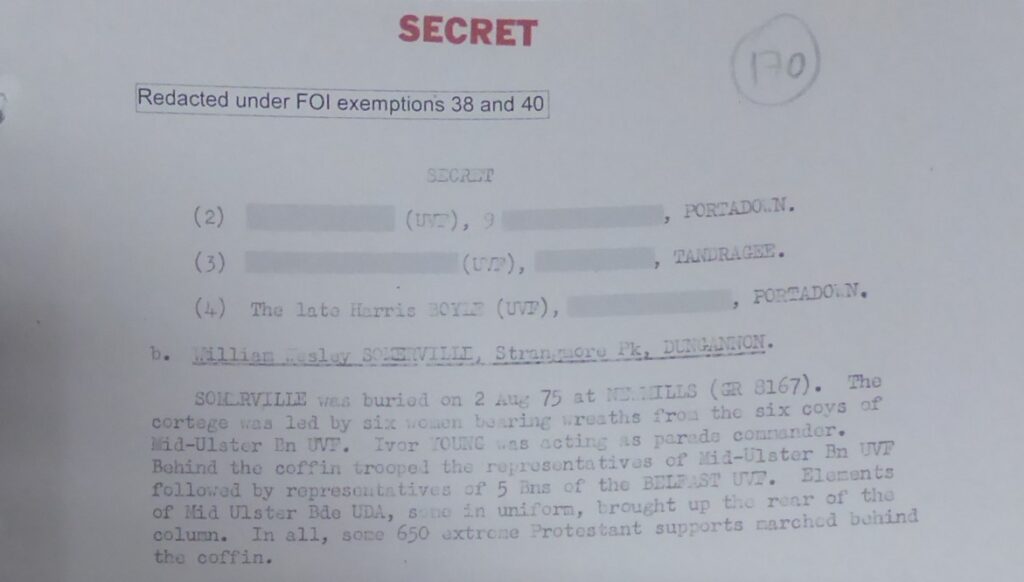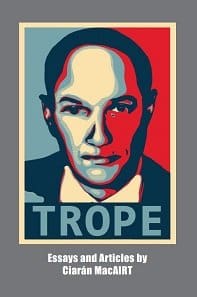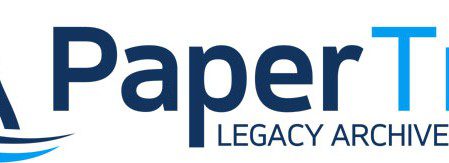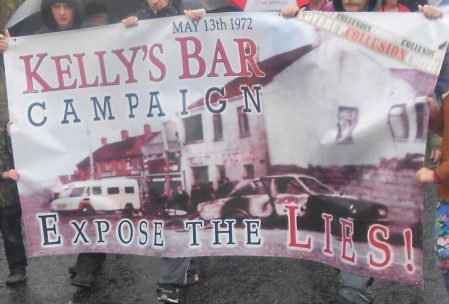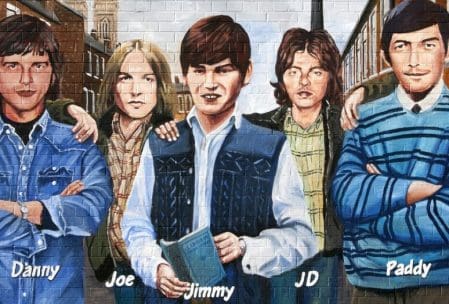Secret British Military Intelligence Summary and logs on the murder of Billy Hanna.
Paper Trail has recently uncovered a British military Intelligence Summary (INTSUM) and logs from British Army 3 Brigade written in the aftermath of the murder of Billy Hanna.
Billy Hanna was a former Sergeant in the Ulster Defence Regiment (UDR) and a recipient of the Military Medal whilst serving in the Royal Irish Fusiliers during the Korean War. He was a married father of five.
At the time of his death, Hanna was also recorded in these files as Officer Commanding (OC) the Lurgan (Mid-Ulster) Ulster Volunteer Force (UVF) having helped form it in the area in 1972.
Hanna was not murdered by Republican gunmen, though, but by members of his own UVF squad.
The INTSUM offers a snapshot of our violent past and the murky history of alleged British agents and counter-gangs.
His second-in-command, Robin Jackson, is often named as the triggerman along with Harris Boyle. Jackson was a former UDR soldier too as we will see.
Miami Showband Massacre
Dated 29th July 1975, two days after Hanna’s killing, the British Military Intelligence Summary is a fascinating historical record due to the information it provides and when it was written.
It was written on the day of Hanna’s funeral (29th July 1975) and two days before the Miami Showband Massacre when three members of Ireland’s most famous showband were murdered after being stopped at a UDR vehicle checkpoint (VCP) and a premature explosion killed two apparent UDR soldiers
Two members of the bogus UDR VCP blew themselves up when a bomb they were attempting to plant on the band’s vehicle exploded prematurely.
One of them was Harris Boyle who had allegedly helped Jackson assassinate Hanna four days before. The other was Wesley Somerville.
The other members of the bogus checkpoint included serving and former members of UDR.
Robin Jackson has been linked to the scene of the Miami Showband Massacre too due to fingerprint evidence on tape on a pistol, but the RUC tipped him off and he escaped justice. This is a matter of record now via the Historical Enquiries Team report into the Miami Showband Massacre which you can read on the Pat Finucane Centre website.
The UVF/UDR gang members then tried to wipe out the band but two miraculously survived, Des McAlea and Stephen Travers. Due to their indefatigable battle for truth and justice along with the other victims’ families, they secured a historic win against the British state in court recently. The British state paid to stop its guilt from being ventilated in open court.
The plan was for the UDR/UVF unit to plant the bomb as the musicians were being held at gunpoint and their van "searched". The hidden bomb should have exploded as the band made their way home. The public may never have found out about the UDR vehicle checkpoint and history may have recorded that the band was transporting bombs - their lives stolen and their names blackened as "terrorists" forever more.
The most famous showband in Ireland was a mixed band of professionals from different parts of Ireland and different traditions. Thankfully, their musical legend survives - their reputations intact - and is accentuated by the heroism of the victims and survivors who are renowned today for their dignity and community outreach.
British Military Intelligence Summary INTSUM
The INTSUM records that William Henry Wilson Hanna was Officer Commanding (OC) the Lurgan UVF and that:
“He was a member of the UDR until March 73 and previously a Regular [sic] soldier… As a result of his military career he was known to give instruction on small arms to members of Mid-Ulster UVF. HANNA was also believed involved in bombing activities.”

The Independent Commission of Inquiry under Irish Judge Henry Barron names Hanna, Jackson, and Boyle in connection with a number of bombings including the Dublin and Monaghan bombings of 1974 which claimed the lives of 34 civilians. One of the victims was a full-term unborn baby.
The three were also at the centre of the so-called Glenanne Gang, a sobriquet for a group of serving RUC and UDR and UVF paramilitaries (and permutations thereof), which killed around 120 people between 1973 and 1980 in an area that became known as the Murder Triangle. They injured hundreds more.
The vast majority of the victims and survivors were unarmed Catholic civilians.
The British military INTSUM records the opinion - despite speculation - that Hanna was murdered by “Protestant extremists” as the car was stolen from a Protestant area and was:
“… reported to have been in Mourneview Estate, which is solidly Protestant, for some time before the attack took place. A local Republican would not have dared remain in the Estate for any length of time, for fear of being intercepted by a vigilante patrol.”
The INTSUM continues:
“The motive is unknown but a possible reason is that he may now have been considered a security threat by extreme Protestants. In Nov[ember] 73, while under arrest at CASTLEREAGH (after his house had been searched) he was suspected of giving information. Lately he had been accused of being weak and indefinite. There is also the possibility he may have been embezzling funds.”

Similar rumours circulated after many of these internal feuds during the conflict – regardless of whether they were Loyalist or Republican - and there are commentators who maintain that the allegations against Hanna are unfounded.
Nevertheless, one theory persists that Hanna had turned and had given information on the Dublin and Monaghan bombings and Special Branch had warned Jackson of this.
It is very important to note, though, that if Hanna did, the RUC/PSNI did not give the Barron Inquiry this critical evidence.
Context in Brief
Very briefly - as the reader can mine other sources for detailed information - the context of this killing in the summer of '75: this was period of internal wrangle and open feuds within Loyalism and Republicanism between those perceived as doves and the more hawkish elements who believed that the British state was grinding them down by other means.
Indeed, the UVF was de-proscribed by the British authorities in April 1974 supposedly to nudge it towards constitutional politics. It continued as a killing machine, of course – its bombs exploded in Dublin and Monaghan a month after its de-proscription – but historians have argued how the British policies were proving successful around this period, and paramilitary groups were being infiltrated and squeezed as they dropped their guards.
The IRA too called a ceasefire in February 1975 which lasted officially until late February 1976 although its violence continued - as with the UVF, factional units of the IRA used cover names when claiming attacks that may or may not have been sanctioned by its leaders.
In fact, logs of the 3 Brigade Commander’s Diary which we have accessed recently, prove that 3 Brigade actually raised a ceasefire complaint (#109) against Republicans and [Provisional] Sinn Féin replied:
“… the act was not committed by our military wing.”

Brigade Intelligence was informed.
There had also been shifts in British government policy too when Wilson’s Labour Party took over from the Tories again in early 1974.
There were also similar battles throughout the conflict between the doves and hawks within the British war machine.
Other authors point towards the hidden hand of British military and Security Service intelligence in the likes of the successful Ulster Workers Council Strike of May 1974 which brought the north to a standstill and the Dublin and Monaghan bombings across the border to the south.
Power-sharing was a dead duck in the water for another generation so the hawks of whichever organisation succeeded.
Indeed, the Murder Triangle was a bleak training ground and social experiment for British military intelligence and its “divine manipulation of the threads” as Sun Tzu described the use of agents and spies nearly 15 centuries before.
Again, others would say that much of this is conjecture and conspiracy theory (although many of the recent British court decisions undermine this).
January 1976 is an especially dreadful period in the area which comes to mind when the Mid-Ulster UVF/RUC/UDR tried to wipe out the Reavey and O’Dowd families.
Robin Jackson allegedly took the lead again in the latter atrocity.
These attacks followed a series of sectarian shootings and bombings by all sides throughout December 1975 and the year ended with a no-warning bar bomb attack by the Irish National Liberation Army (INLA) in Gilford which killed 3 Protestant civilians and injured dozens. No killing occurs in a vacuum.
Following the Reavey and O’Dowd attacks, the IRA (using the cover name Republican Action Force) then murdered a van-load of Protestant workers at Kingsmills, and we stared into the abyss again as we had done in the summer of '72.
The area was designated a special emergency and a spearhead detachment of Special Air Service was 'officially' deployed. SAS had been working in the north of Ireland in various capacities long before then.
It has since been reported in 2007 and alleged by former RUC Glenanne member, John Weir, that the same Mid-Ulster UVF/UDR/RUC gang plotted to attack the local Catholic primary school in Belleeks and murder 30 school children in retaliation, but the plan was thwarted by the leadership of the UVF in Belfast as it believed such an attack would cause outright civil war.
The leadership of the UVF also believed that the gang was being manipulated by British military intelligence.
Lethal Allies by Anne Cadwallader, A State in Denial by Margaret Urwin, and Unquiet Graves by Seán Murray are more recent exemplary additions to the canon covering the violence of the so-called Glenanne Gang in greater detail.
Back to These Archives
This brings me back to this dreadful story here and the murder of Billy Hanna, former UDR soldier and alleged British agent, murdered by his comrade-in-arms, Robin Jackson, former UDR soldier who himself was an alleged British agent.

The newspapers wrote that Hanna was shot dead in front of his wife and this INTSUM records that the killers were unmasked. We then read:
“Robert John [Robin] Jackson (UVF)… visited the scene of the crime shortly after the killing. He then drove to the Ulster Social Club, PORTADOWN. Jackson is likely to assume leadership of LURGAN UVF. He is energetic and will probably re-activate the operations of the group.”
How horrifying would Jackson's reappearance at the murder scene have been for Hanna's family if he was the unmasked assassin?

The British Army logs show that Brigade authorised the covert photographing of Billy Hanna’s funeral that day too.
Another INTSUM we discovered for the following week names 4 known UVF members including the then “late Harris Boyle”:
“In spite of the believed “execution” of HANNA by the UVF, the following were present:-“
November 1973 Arrest
This historic find records the arrest of Hanna in November 1973 and alleges that the UVF were fearful he had turned then.
Paper Trail actually discovered the British military logs covering this period of Hanna’s arrest along with 3 other suspected Loyalist extremists. We made these files available to victims impacted by them, NGOs supporting them, and their legal teams.
We also supported the work of the BBC team working on Spotlight on the Troubles: A Secret History.
One of the men arrested with Hanna in 1973 was a UDR soldier who the BBC confirmed was subsequently turned by RUC Special Branch even though he had been fingered for the recent murder of a Catholic civilian.
Patrick Campbell's wife had witnessed her husband's murder and British military record that she identified his killer.
He was none other than a Private Robert John Jackson, 11 UDR, aka Robin Jackson, The Jackal. We will discuss these files in our next installment.
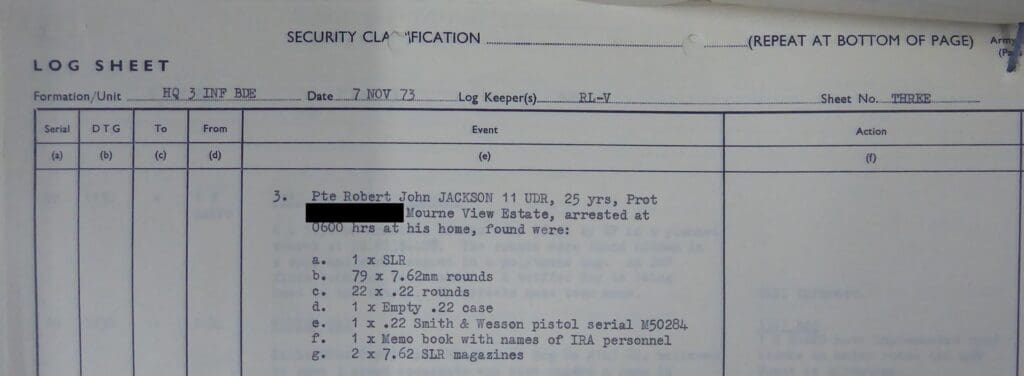
Download and read the British Military Intelligence Summary on the killing of Billy Hanna.


